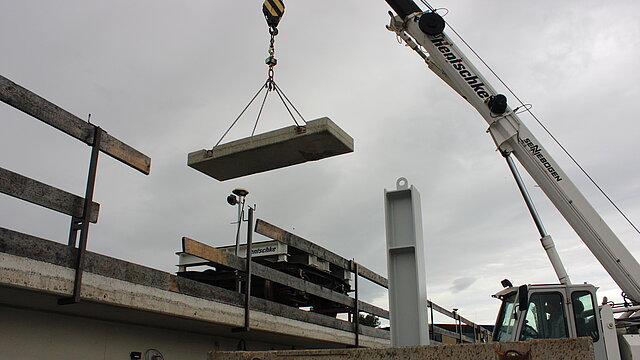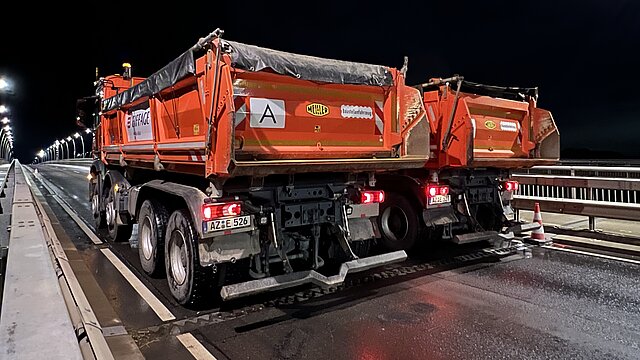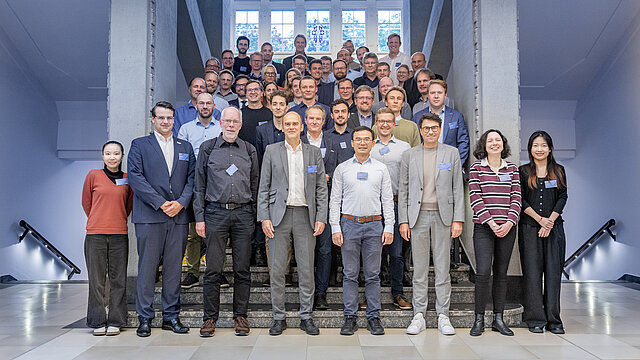
SPP 100+
Ansatz des SPP ist die Tatsache, dass der Zustand eines Bauwerks – ähnlich dem von Menschen – mit fortschreitendem Lebensalter von einer immer schneller zunehmenden Degradation geprägt ist. Frühzeitige, vorbeugende Maßnahmen gegen Alterung sind Grundvoraussetzung, um die Nutzbarkeit komplexer Bauwerke zu verlängern. Ziel muss die prädiktive Instandhaltung sein. Dafür bedarf es grundlegender Forschung zu den Methoden der Erfassung, Verknüpfung und Bewertung verschiedenster Daten bspw. zu Geometrie, Material, Beanspruchung und Alterung. Die Digitalisierung, insbesondere das Konzept des digitalen Zwillings, erlangt in diesem Kontext eine völlig neue Bedeutung. Sie ermöglicht die Kombination und Echtzeitauswertung sämtlicher für Betrieb und Instandhaltung erforderlicher Daten und deren Implementierung in Zustands- und Prognosemodelle.
Darüber hinaus kann der digitale Zwilling auch dazu beitragen, die Lebensdauer von Bauwerken zu verlängern, indem er frühzeitig potenzielle Schäden oder Abnutzungen erkennt und Maßnahmen zur Instandhaltung oder Reparatur empfiehlt. Dies kann dazu beitragen, die Notwendigkeit von Neubauten zu reduzieren und somit auch den Ressourcenverbrauch und die Umweltauswirkungen zu minimieren.













